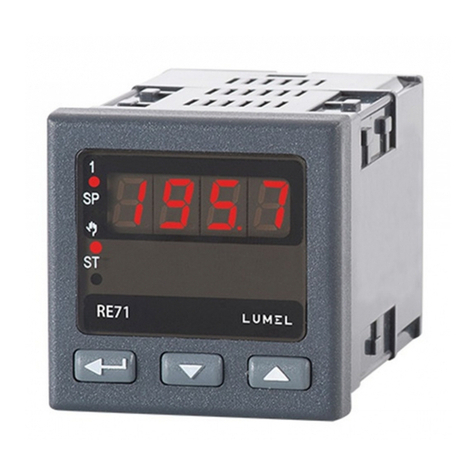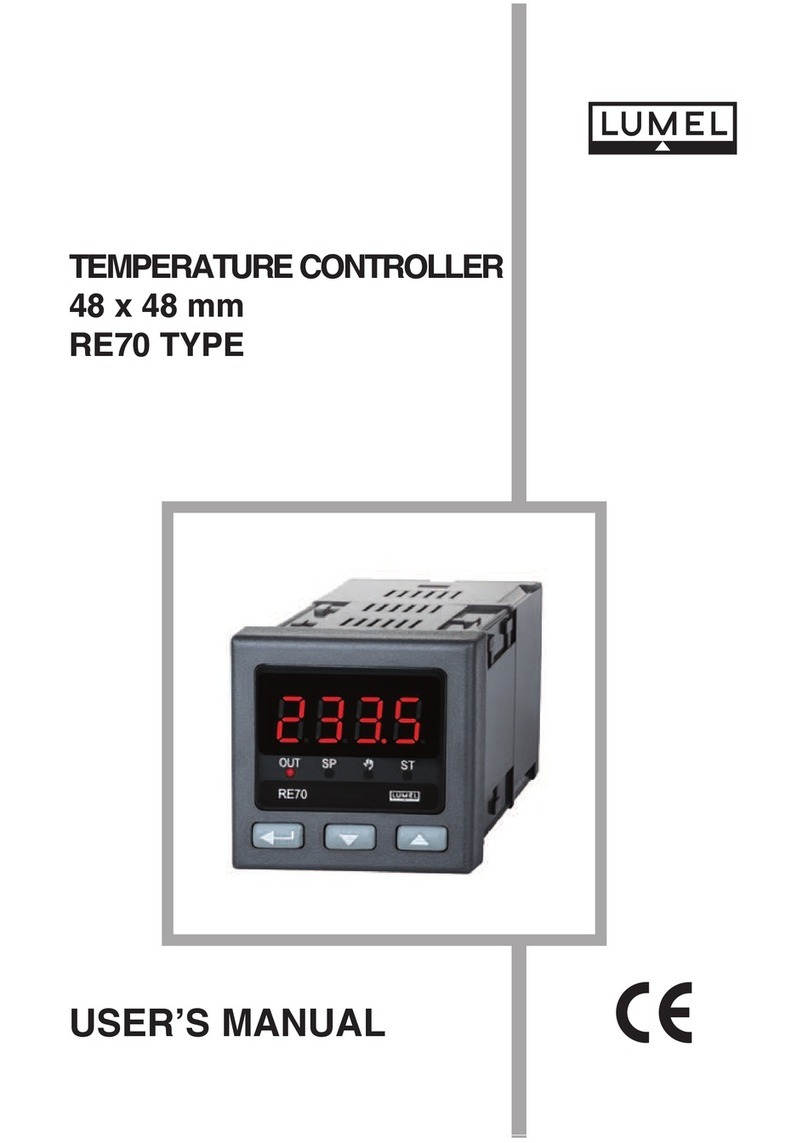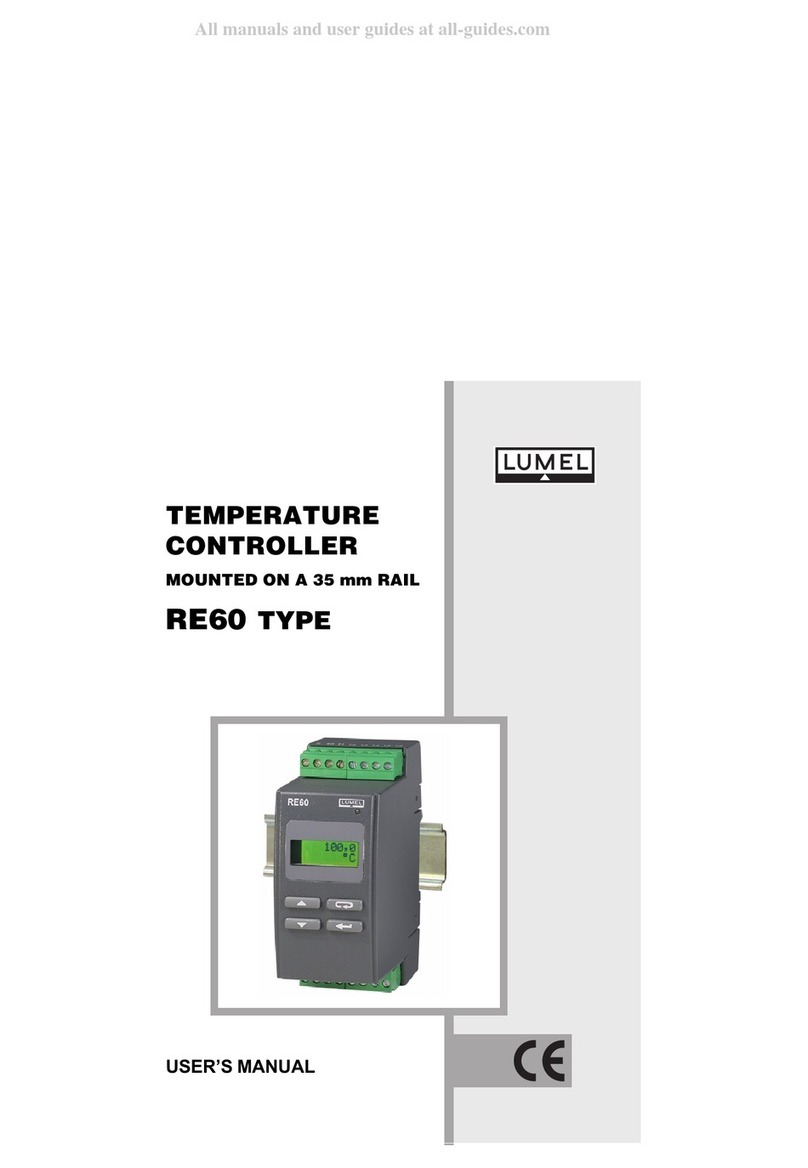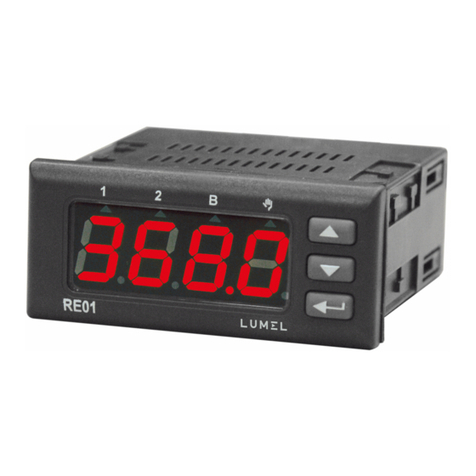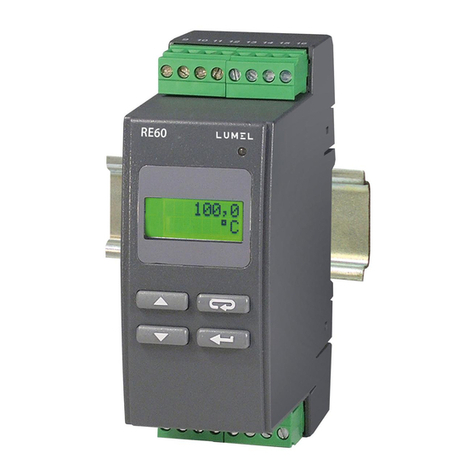Contents
1.APPLICATION ........................................................................ 5
2.CONTROLLER SET................................................................... 5
3.FUNDAMENTAL REQUIREMENTS, OPERATIONAL SAFETY ................... 6
4.ASSEMBLY ........................................................................... 6
4.1 INSTALLATION OF THE CONTROLLER ....................................... 6
4.2 ELECTRICAL CONNECTIONS................................................... 8
4.3 INSTALLATION RECOMMENDATIONS ....................................... 8
5.COMMENCEMENT OF OPERATION................................................ 9
6.OPERATION ......................................................................... 11
6.1 PROGRAMMING THE CONTROLLER’S PARAMETERS....................12
6.2 PROGRAMMING MATRIX ..................................................... 13
6.3 CHANGE OF THE SETTING ....................................................14
6.4 DESCRIPTION OF PARAMETERS ............................................15
7.CONTROLLER INPUTS AND OUTPUTS .......................................... 20
7.1 MEASUREMENT INPUT........................................................ 20
7.2 BINARY INPUT..................................................................20
7.3 OUTPUTS........................................................................ 20
8.CONTROL ............................................................................ 21
8.1 ON-OFF ALGORITHM .......................................................... 21
8.2 SMART PID INNOVATIVE ALGORITHM ..................................... 21
8.2.1 PULSE REPETITION PERIOD................................................ 22
8.2.2 SELF-TUNING................................................................. 22
8.2.3 PROCEDURE TO FOLLOW WHEN THE PID CONTROL IS UNSATISFACTORY ...25
9.ALARM AND SOUND ALARM ..................................................... 26
10.ADDITIONAL FUNCTIONS........................................................28
10.1 DISPLAY OF THE CONTROL SIGNAL .......................................28
10.2 MANUAL CONTROL ........................................................... 28
10.3 FACTORY SETTINGS.......................................................... 28






